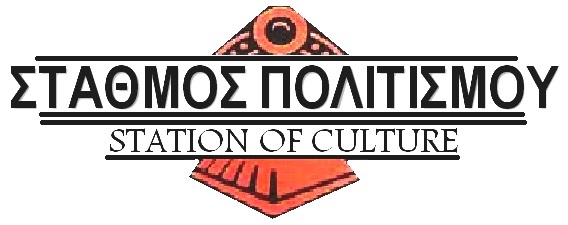This blog is the second in a series.
An unprecedented number of companies around the world are taking action on environmental, social, and governance (ESG) issues. According to the Governance & Accountability Institute, 90% of S&P 500 companies published sustainability reports in 2019, compared to just 20% in 2011. In Schneider Electric’s 2020 Corporate Energy & Sustainability research, 70% of companies reported that they set energy or sustainability targets and announced them publicly. The rise in climate action commitments – from companies pledging carbon neutrality or net zero to the explosive growth in companies taking action via the RE100 and the Science-Based Targets initiative – is an indication that the business of sustainability is reaching maturity. No longer is sustainability a nice-to-have, but rather an imperative for companies that want to be around for the long term.
Alongside the rise in sustainability commitments is the increasing demand for companies to disclose the tangible actions they are making to back up their ambitions. And while sustainability disclosure is nothing new, there is currently a surge in pressure for companies to not only take meaningful action against ESG measures but also to transparently report and communicate on them too. In short, your credibility depends on your communications.
An unprecedented number of companies around the world are taking action on environmental, social, and governance (ESG) issues. According to the Governance & Accountability Institute, 90% of S&P 500 companies published sustainability reports in 2019, compared to just 20% in 2011. In Schneider Electric’s 2020 Corporate Energy & Sustainability research, 70% of companies reported that they set energy or sustainability targets and announced them publicly. The rise in climate action commitments – from companies pledging carbon neutrality or net zero to the explosive growth in companies taking action via the RE100 and the Science-Based Targets initiative – is an indication that the business of sustainability is reaching maturity. No longer is sustainability a nice-to-have, but rather an imperative for companies that want to be around for the long term.
Alongside the rise in sustainability commitments is the increasing demand for companies to disclose the tangible actions they are making to back up their ambitions. And while sustainability disclosure is nothing new, there is currently a surge in pressure for companies to not only take meaningful action against ESG measures but also to transparently report and communicate on them too. In short, your credibility depends on your communications.
Why is ESG communication so important?
Stakeholders of all kinds want to see – and increasingly require – corporations to accompany their stated ESG ambitions with communications on the what, when, and how. What does ESG mean for your business and which reputable guidelines and science-informed best practices do you intend to follow? By when do you expect to reach that goal and what is your interim progress? How exactly are you going to transform your business in order to reach that ambitious goal set out by your CEO?
Investors are perhaps the most notable stakeholders applying this pressure. Many companies are being urged by their investors for more robust, clear, and transparent disclosures on their sustainability actions – and, more importantly, their climate risks. They expect to find this information not hidden within the deep annexes of an annual report, but rather represented alongside company financials, communicated regularly, and embedded within the overall business strategy.
Customers and employees, too, have a stake in corporate ESG communications. Members of the so-called “Millennial” generation are gaining a larger foothold in the global economy and have the power to decide whether to work for, buy from, engage with, or invest in a company with active ESG commitments. In fact, 64% of millennials say they won’t take a job if a company doesn’t have strong ESG/CSR values. This generation is also demanding quality and consistency in information.
Telling your company’s ESG story well can literally pay dividends. As put by Larry Fink, CEO of BlackRock, the world’s largest investment manager, “Companies with a well-articulated long-term strategy, and a clear plan to address the transition to net zero, will distinguish themselves with their stakeholders – with customers, policymakers, employees, and shareholders – by inspiring confidence that they can navigate this global transformation.” Read Fink’s full statement on the opportunity of the net zero transition.
Leading companies are integrating ESG reporting into their internal and external communication plans as a powerful tool to gain competitive advantage in light of these pressures. As a result, the sustainability reporting and communications landscape is getting noisy. Industry leaders like Microsoft and Walmart are going big on sustainability communications. And with so many reporting tools and frameworks to choose from (see part 1 of our blog), knowing what to report, where to promote it, and how to do it most effectively can be challenging.
How to make the most of your ESG reporting & communications
As the ESG disclosure landscape evolves, keeping pace with reporting requirements and expectations is of the utmost importance. Whether your organization is new to ESG reporting or if you’ve been publicly disclosing sustainability performance for years, consider the following:
Understand ESG reporting frameworks and ratings
The number of frameworks and third-party rating organizations is constantly evolving and maturing. Knowing the basics about these instruments and how they can add value to your reporting process can be a real differentiator. Frameworks help guide your reporting efforts, while ratings and indexes can put you on the radar for potential investors and markets. Ask yourself: Who are the top leaders of your segment? How did their ESG report bring them to that position? What frameworks are they using? What can you improve to get a better rating?
Information that your company shares in the public domain matters almost equally as much as your formal disclosures. In our recent webinar, our guest speaker from MSCI shared that 45% of the data and information incorporated into an MSCI ESG rating comes from alternative sources outside of mandatory and voluntary disclosures, including the more than 3,000 global and local news sources.
45% of the data and information incorporated into an MSCI ESG rating comes from alternative sources. Click to Tweet
Determine your priority issues
t’s impossible to be all things to all people, or stakeholders. Performing a materiality assessment is a key step in understanding where your company can make the most impact with its ESG commitments. Today’s hyper-critical stakeholders will easily sniff out sustainability communications that are just for the sake of feel-good stories or are misaligned with the impact your company has on the world. Are you proactively addressing all your material topics? Are there industry-specific disclosures that you should be engaging with? Are the frameworks you’ve chosen appropriately preparing your company for the risks of climate change?
Prioritize ESG ratings and rankings
With hundreds of third-party rating and ranking organizations popping up, your company needs to weigh the benefits of each and decide whether the effort is worth the return. Prioritize responding to surveys by asking two questions: Is it relevant to your company? (Determine relevancy by reflecting on your materiality assessment.) And, how influential is the survey? (This may differ stakeholder by stakeholder so do consider a stakeholder mapping exercise as part of a materiality assessment.)
Define your competitive advantage
ESG communications and reporting efforts are a powerful market differentiator. What is your company’s ESG narrative, and how does it tie back to your organizational objectives? Are you telling the story of how ESG drives your business forward? Have you identified an opportunity that could be turned into a strength for your future ESG reports?
Connect ESG reporting to your core business strategy
What role is your company playing in the world? Beyond attracting stakeholder investments and market leadership, an ESG report reflects your company’s commitments to the environment and society. Is your board making ESG-conscious decisions? Is sustainability performance embedded into your organization’s compensation equation? Is your company making efforts to reduce its carbon footprint? Are you engaged with your community in a meaningful way? How do you engage your supply chain to expand the reach of your ESG ambitions?
Build confidence in your ESG communications
Enabling more organizations to disclose their ESG activities, and improving the transparency of those disclosures, is of critical importance to make the tangible changes that are needed for the environment and society, especially in the face of climate change. Companies that fail to report and properly communicate their ESG commitments and progress – both for internal and external audiences – risk losing the faith of a wide spectrum of stakeholders. And this risk comes with real financial and performance implications.
Building a strong, strategic ESG narrative, reporting your ESG progress to relevant agencies and frameworks, promoting your actions with valid and verified claims, and engaging with your stakeholders in a meaningful way helps your company take full advantage of all the benefits that ESG communication has to offer.
In our recent webinar, Schneider Electric’s expert sustainability communications team met with the VP of ESG Client Coverage at MSCI to discuss why acting on sustainability alone is not enough. Watch the recorded event to dive more deeply into why companies need to communicate on sustainability, too.
Article Source: Website Blog





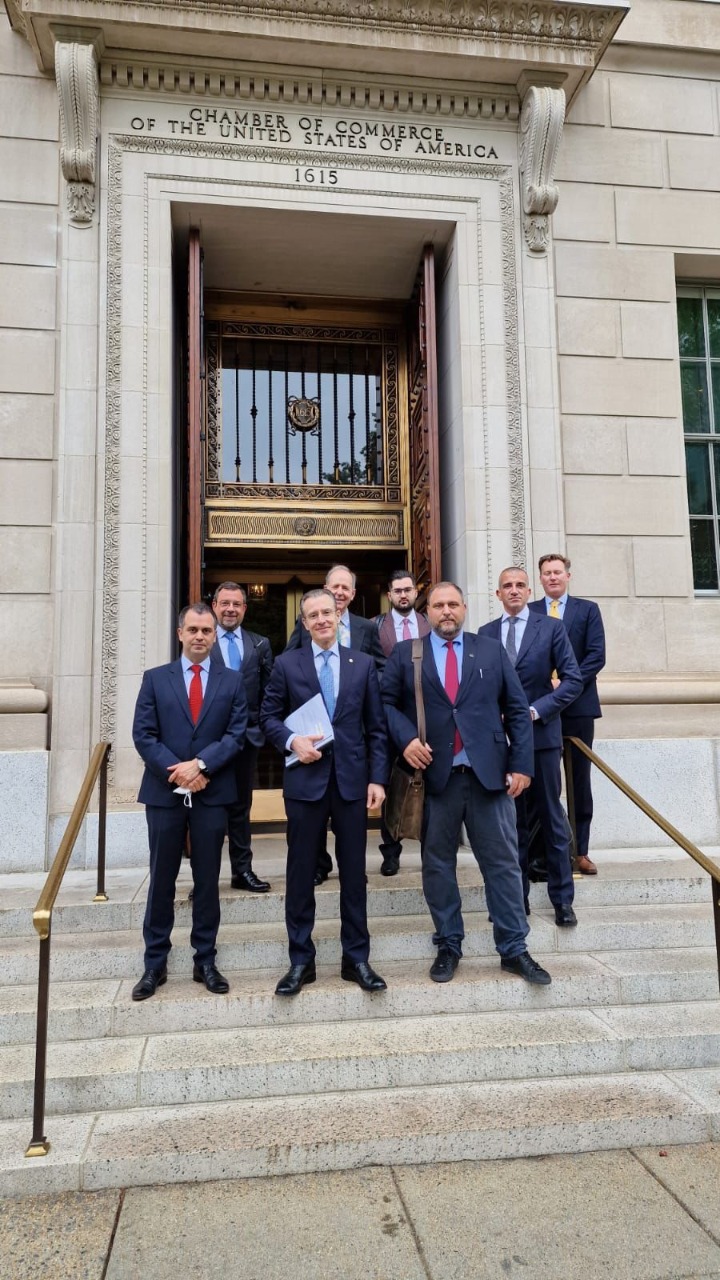

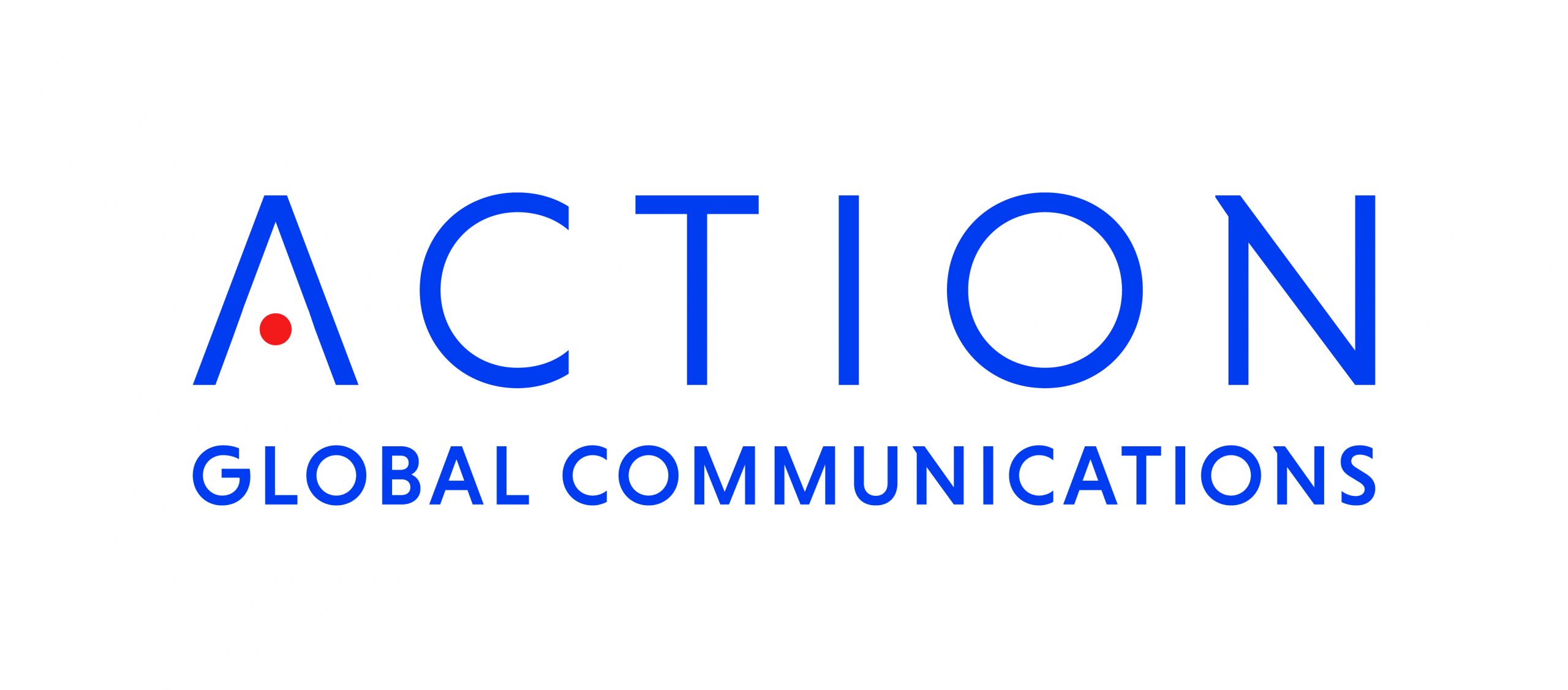
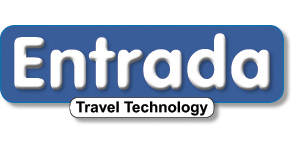

















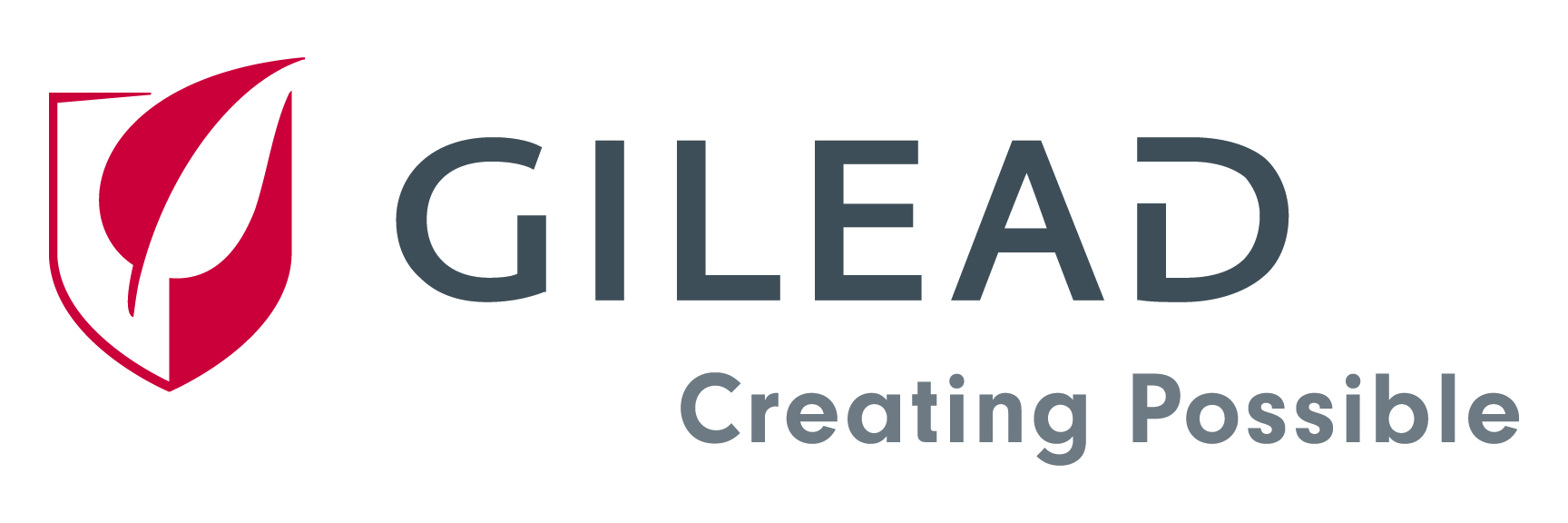



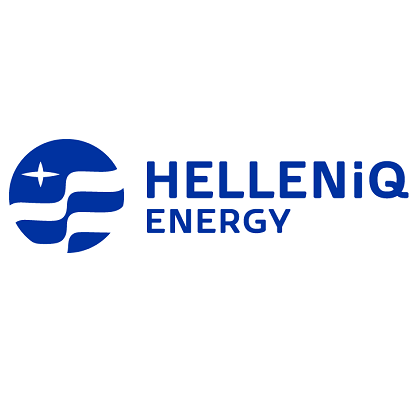

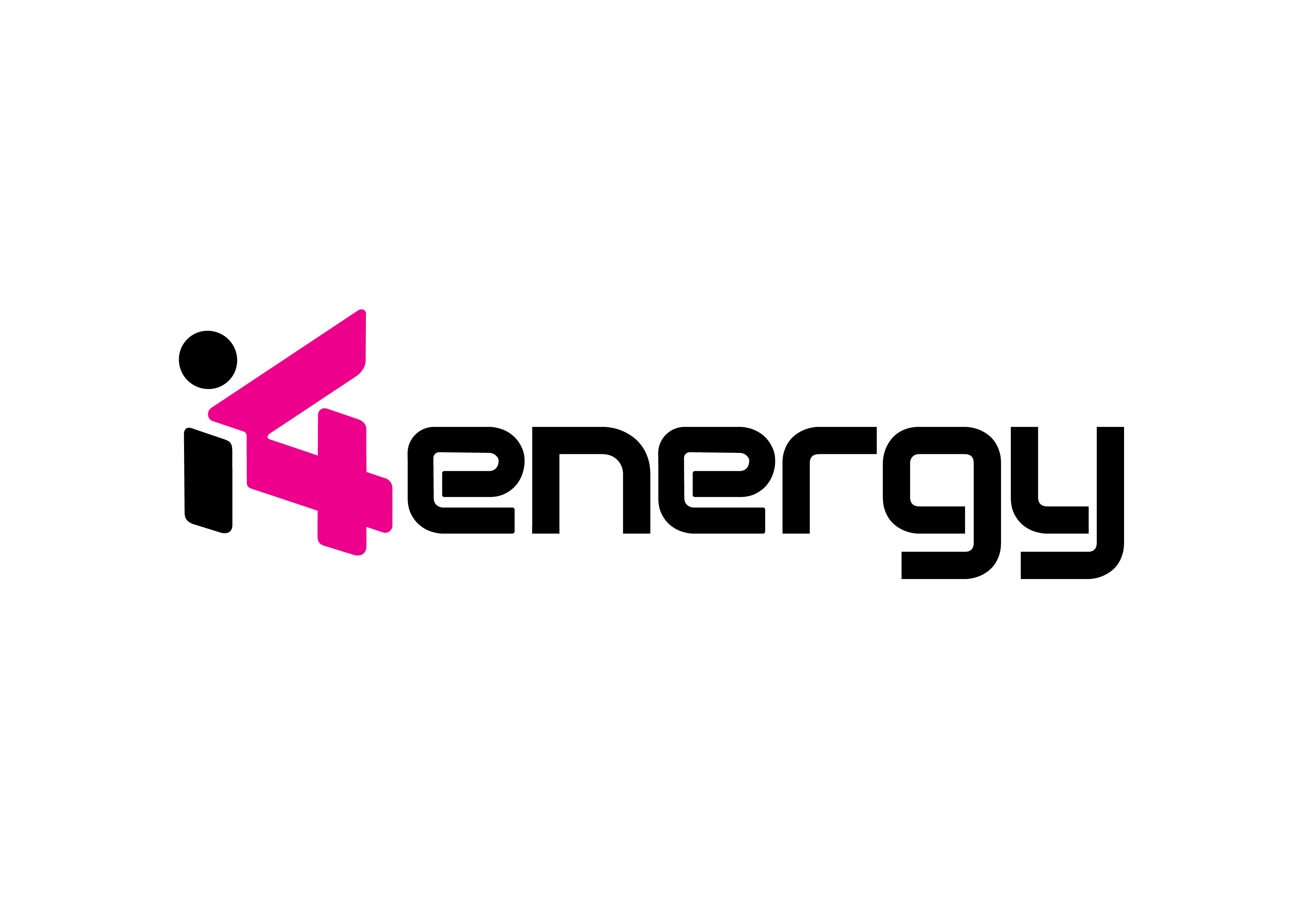

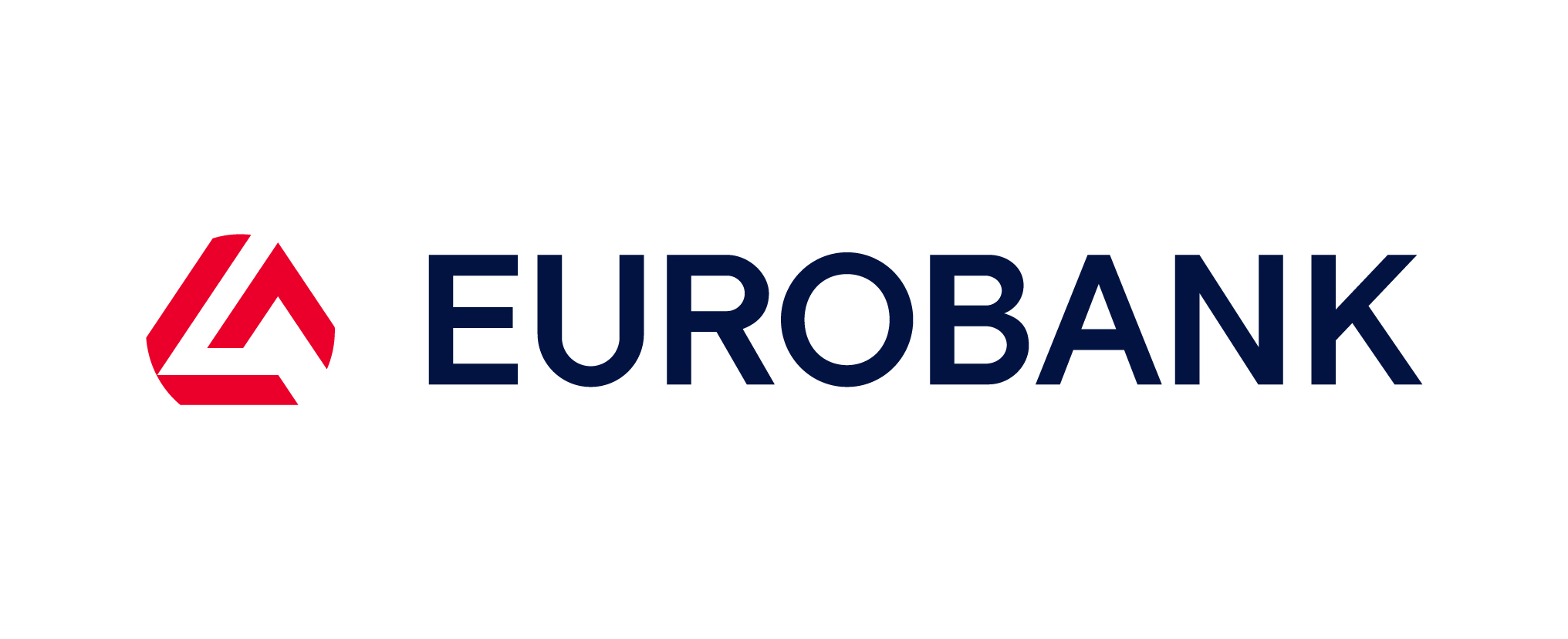

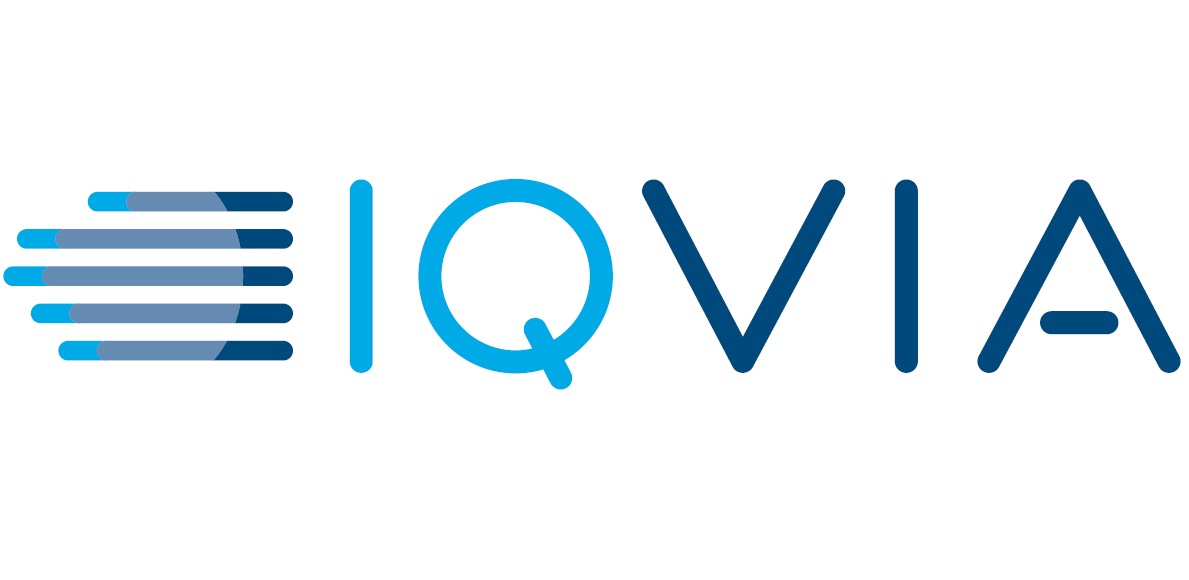



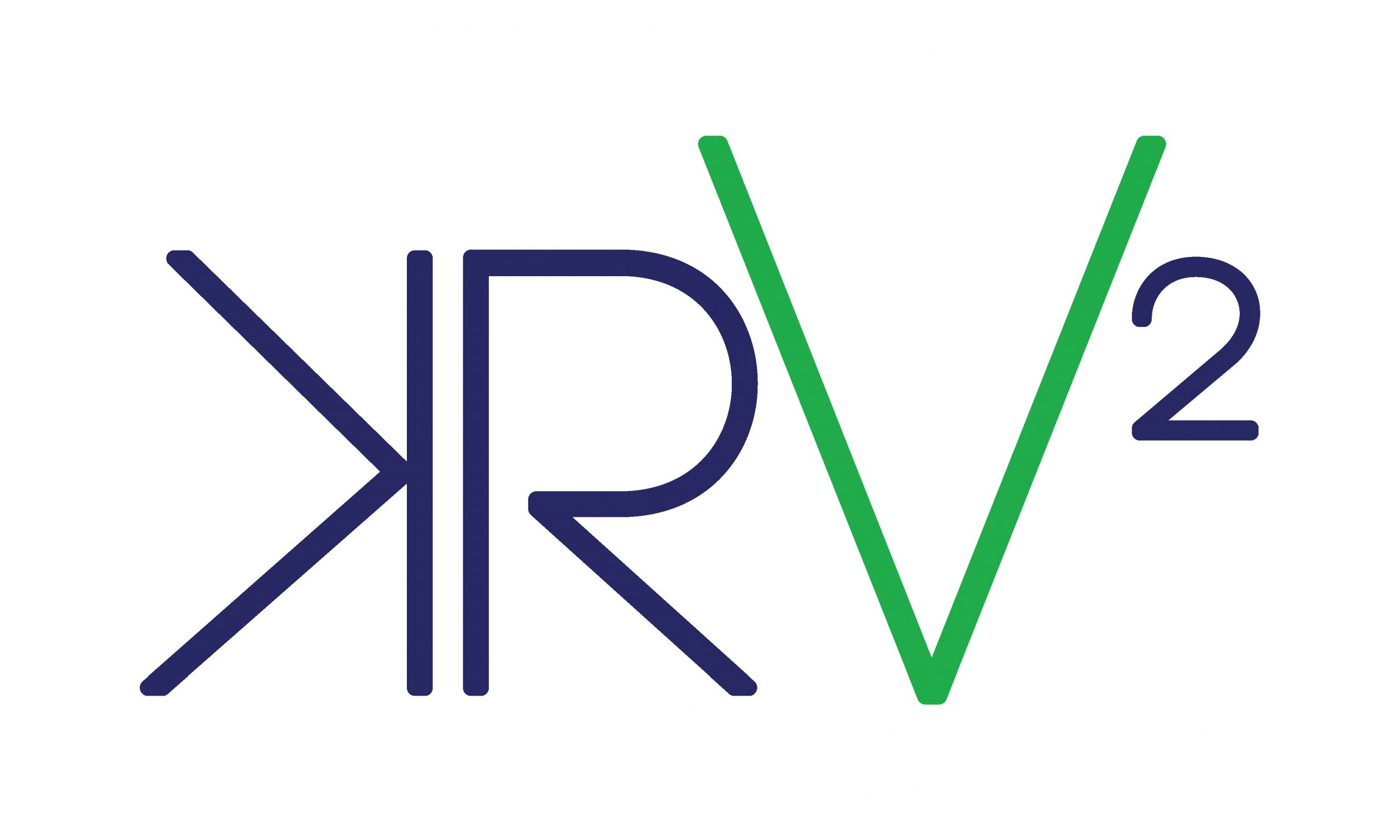

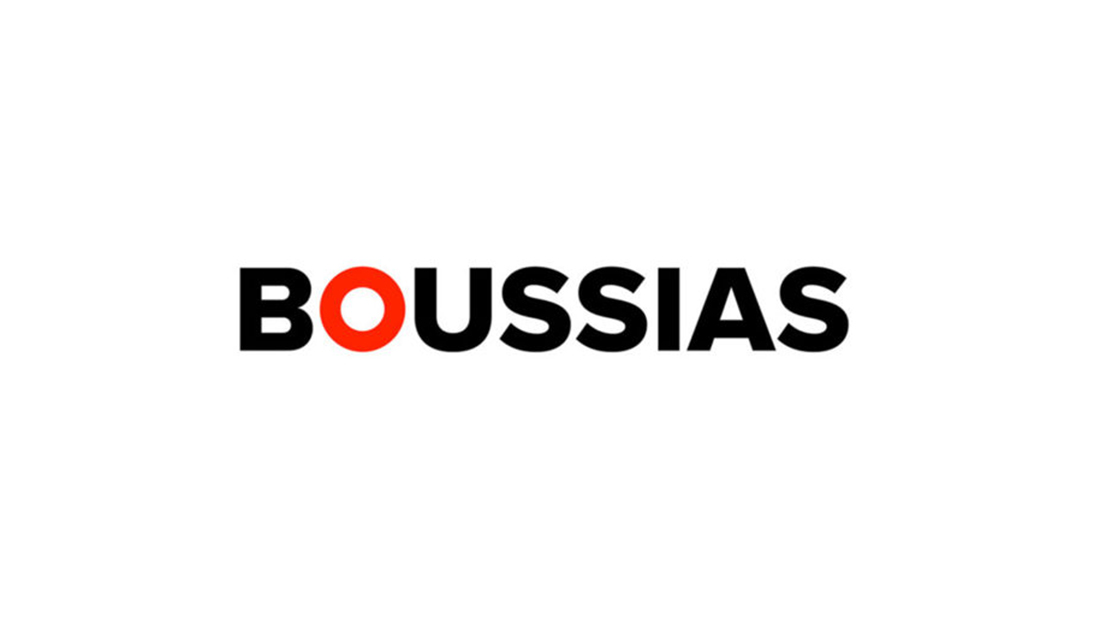



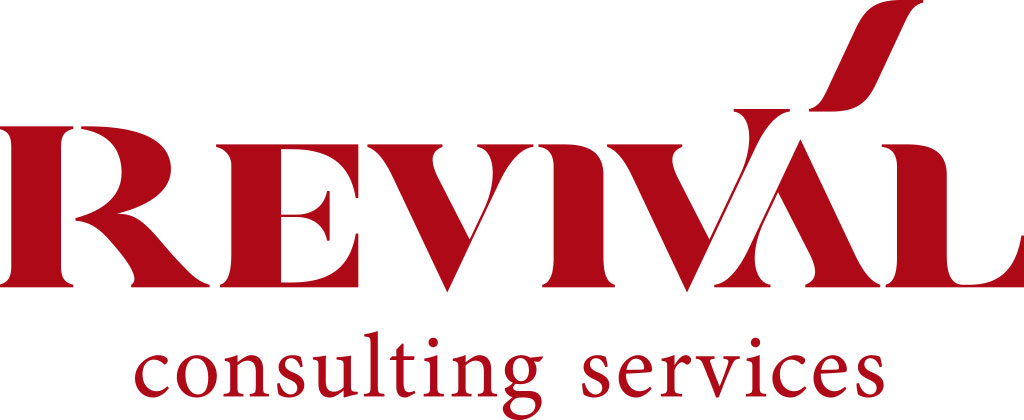
1.jpg)
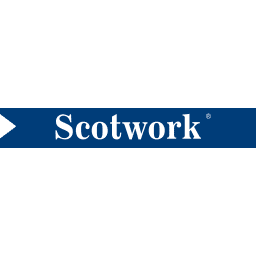




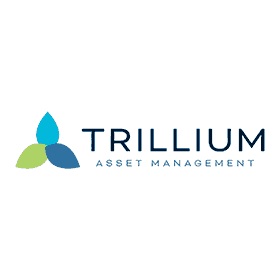

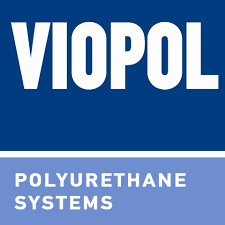






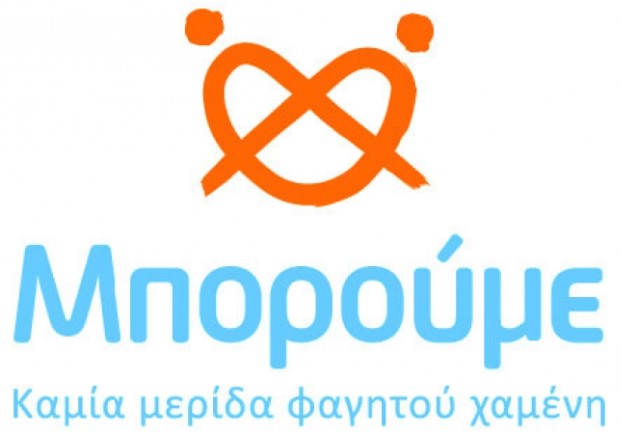




.jpg)
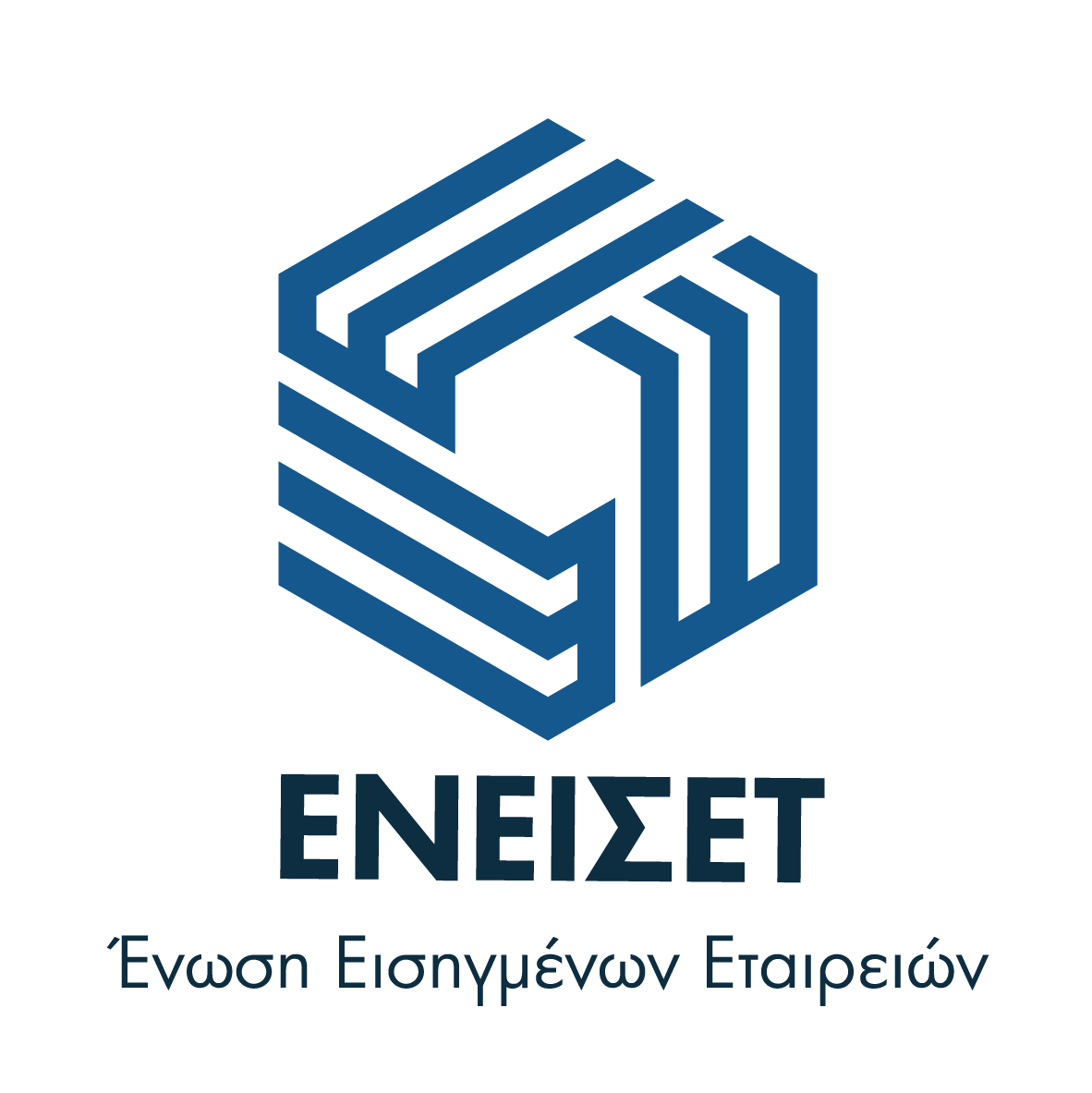




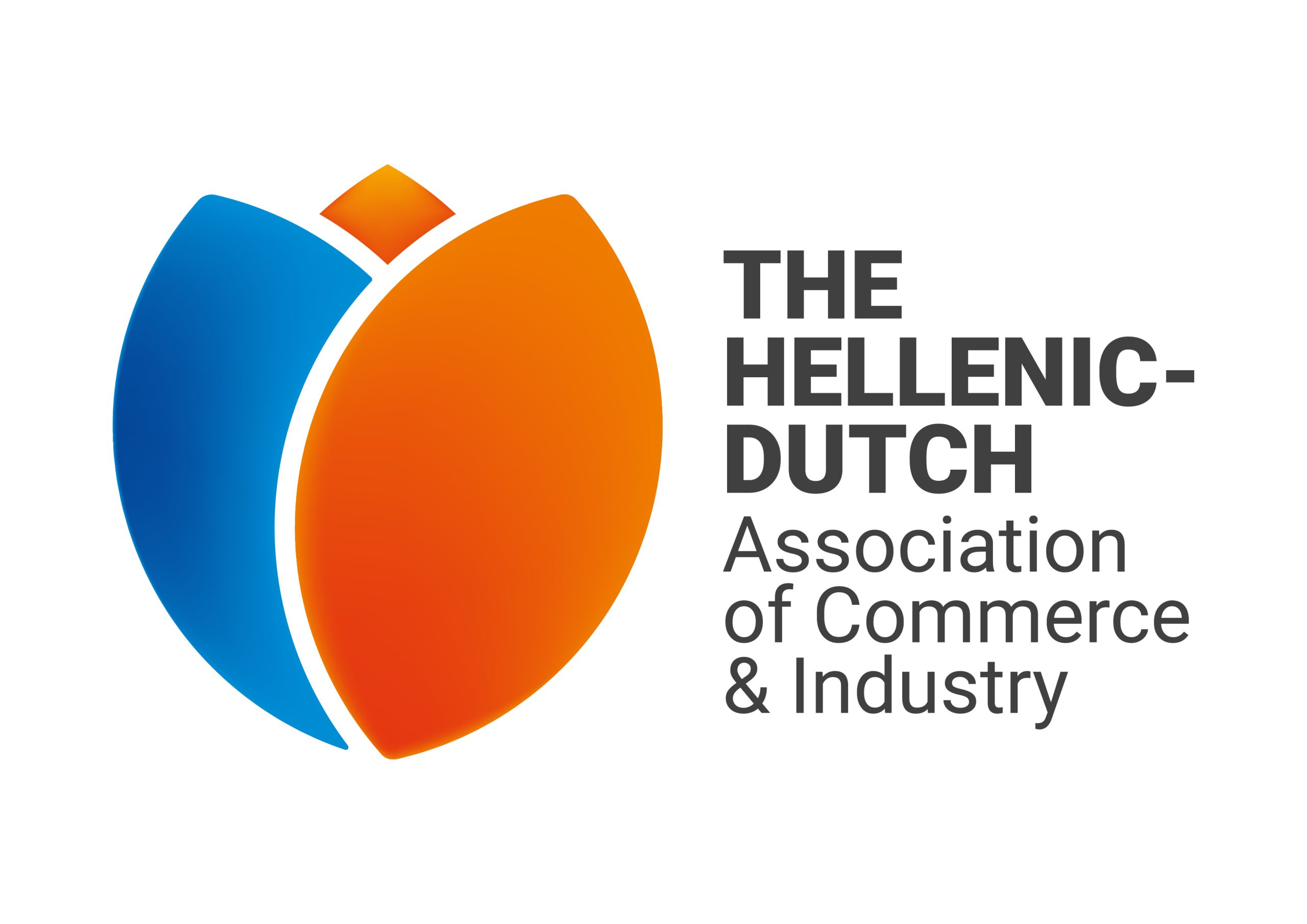
.jpg)



_.jpg)
.jpg)





